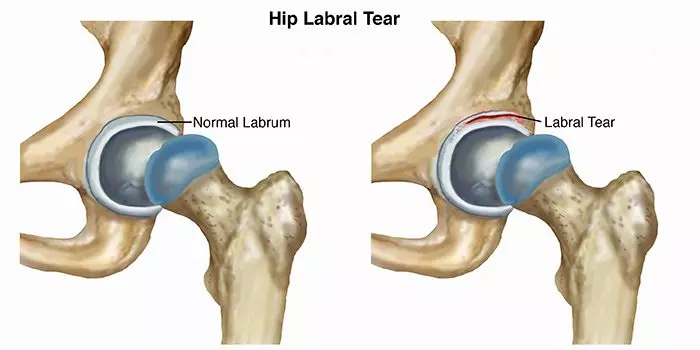Healing Hip Labral Tears: What You Should Know

A hip labral tear is a painful and often frustrating injury that can limit movement and make everyday activities difficult. The labrum — a ring of cartilage surrounding the hip socket — helps stabilize the joint and maintain smooth movement. When this cartilage becomes torn due to injury, overuse, or degeneration, it can lead to persistent pain in the hip or groin, stiffness, and a clicking or catching sensation when walking.
While some severe tears may require surgery, many patients are now exploring non-surgical treatments, including platelet-rich plasma (PRP) and cellular therapy, to help support healing and restore function naturally.
Understanding Hip Labral Tears
Labral tears can occur for several reasons:
- Repetitive motion from sports or physical work
- Structural abnormalities such as femoroacetabular impingement (FAI)
- Degenerative wear and tear over time
- Trauma from accidents or falls
Symptoms can vary but often include deep hip or groin pain, clicking or locking sensations, and reduced range of motion. In many cases, patients are misdiagnosed with general hip strain until imaging reveals the true cause — a labral tear.
Traditional Treatment Approaches
Conventional treatments typically begin with rest, physical therapy, and anti-inflammatory medications. Corticosteroid injections may be used to reduce pain temporarily, but they don’t address the underlying damage to the cartilage.
How PRP and Cellular Therapy Support Labral Healing
Both PRP and cellular therapy are designed to harness your body’s natural healing abilities.
- Platelet-Rich Plasma (PRP):
PRP therapy involves taking a small sample of your own blood and processing it to isolate the platelets and growth factors. These natural healing components are then injected precisely into the injured labrum under image guidance. The growth factors help stimulate cellular repair, reduce inflammation, and promote healthier tissue regeneration around the joint. - Cellular Therapy:
Cellular therapy uses specialized cells derived from the patient’s bone marrow or fat tissue. These cells contain regenerative and anti-inflammatory properties that can help support repair of the labrum and surrounding structures. By addressing both the inflammation and the tissue damage, cellular therapy may contribute to improved stability and pain reduction over time.
Both treatments are minimally invasive, typically performed in-office, and require only a short recovery period — far less than most surgical interventions.
Research and Clinical Insights
Early studies and real-world clinical outcomes have shown promising results for patients receiving PRP or cellular therapy for labral and cartilage injuries. Many report gradual improvement in mobility, reduced pain, and increased joint function. While individual results vary, these biologic treatments continue to gain recognition as safe and effective non-surgical options for those who prefer to avoid or delay surgery.
Combining Regenerative Care with Rehabilitation
Regenerative procedures are most effective when paired with a tailored rehabilitation plan. Strengthening surrounding muscles, improving joint alignment, and practicing controlled stretching can all help support long-term recovery. Many patients find that combining regenerative therapy with physical therapy leads to better stability and mobility outcomes.
The Bottom Line
A hip labral tear doesn’t always mean surgery is the only answer. PRP and cellular therapy offer promising, non-surgical options for those seeking to restore comfort and function naturally. By targeting the root of inflammation and promoting tissue repair, these therapies may help the hip heal more effectively and reduce long-term discomfort.
If you’ve been diagnosed with a labral tear or have ongoing hip pain, the team at LifeStem can help evaluate your condition and recommend a regenerative approach tailored to your needs.
